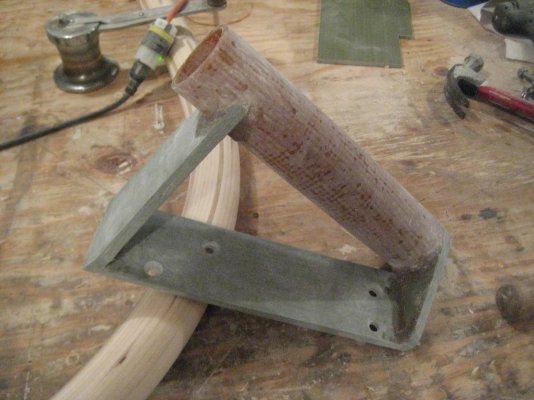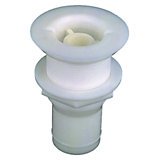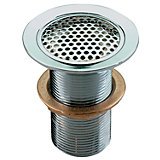mike66
Guru
Can someone give me detailed instructions on how to make a fiberglass tube? I intend to use it to create new scuppers forward of my existing ones because water tends to pool up there. I'm thinking maybe 1 1/2" or so outside diameter, about 4" long. I'll make a hole through both inside and outside topsides and epoxy in the tube. I have epoxy, but never used cloth. What weight will I need? Can I use a piece of pvc pipe for a form and how do I get it to release? I know this is elementary stuff, but gotta start somewhere.



